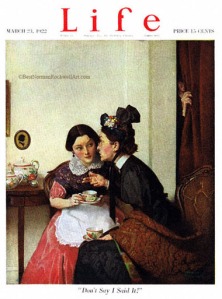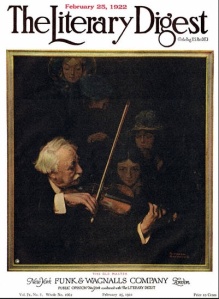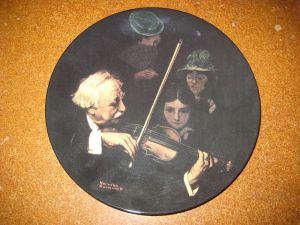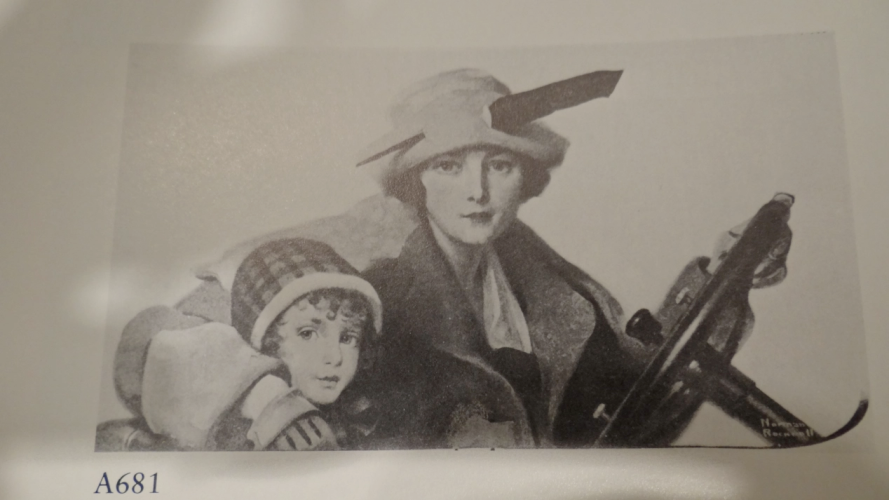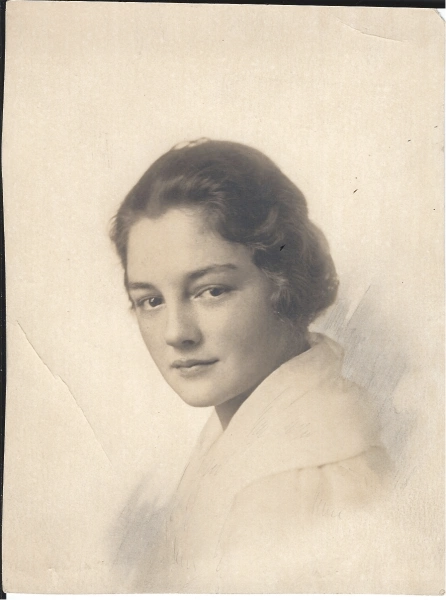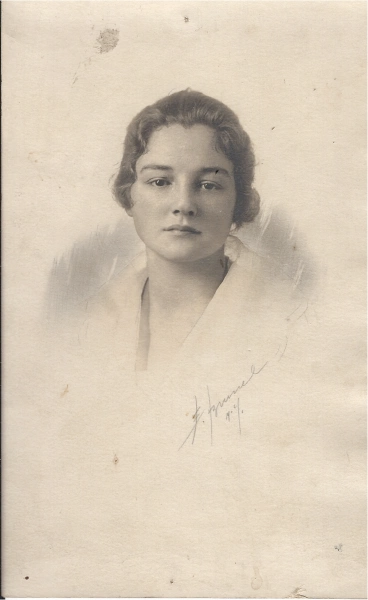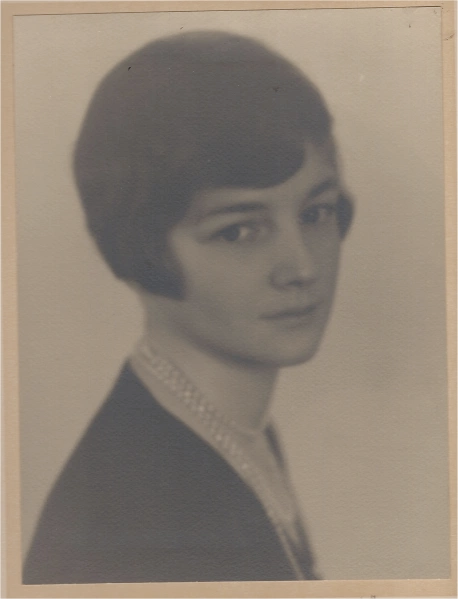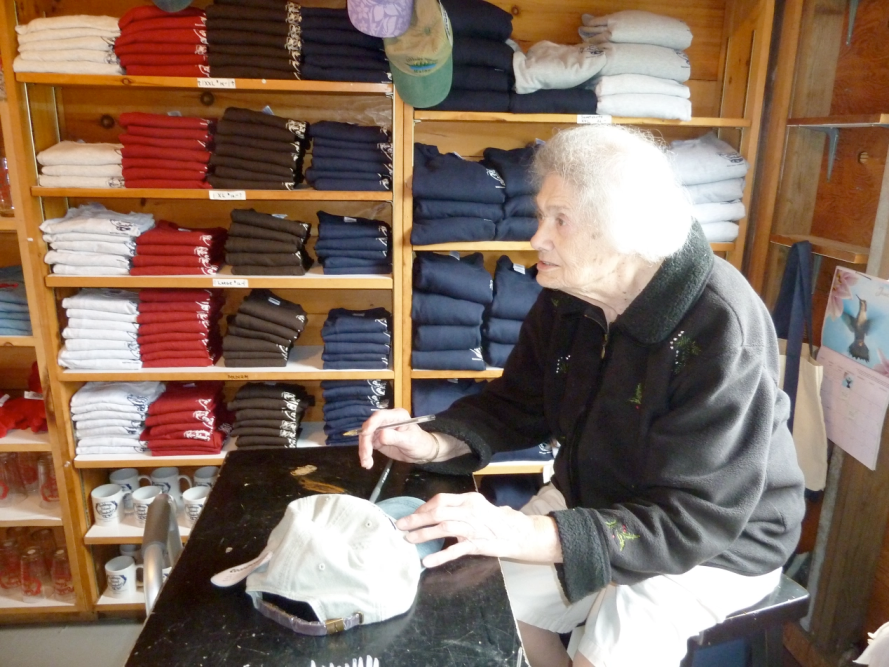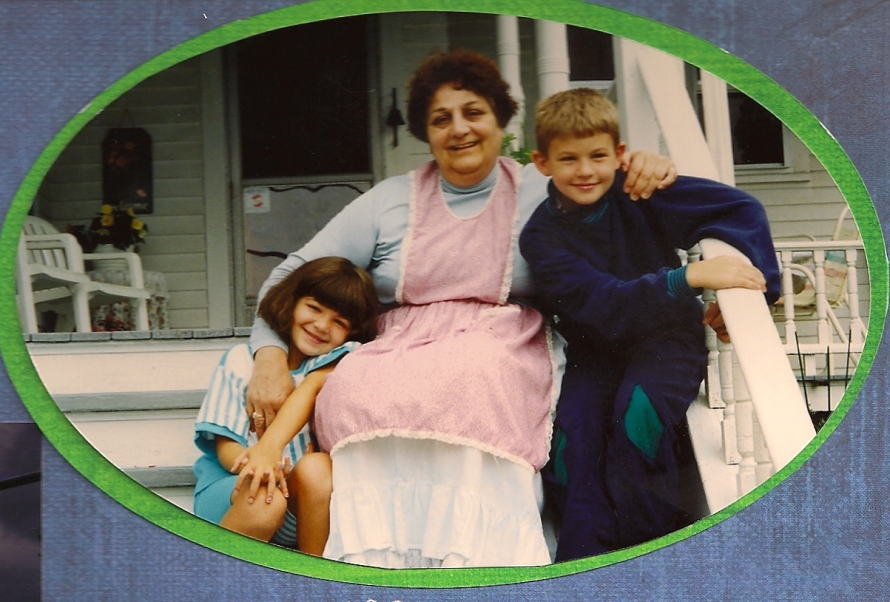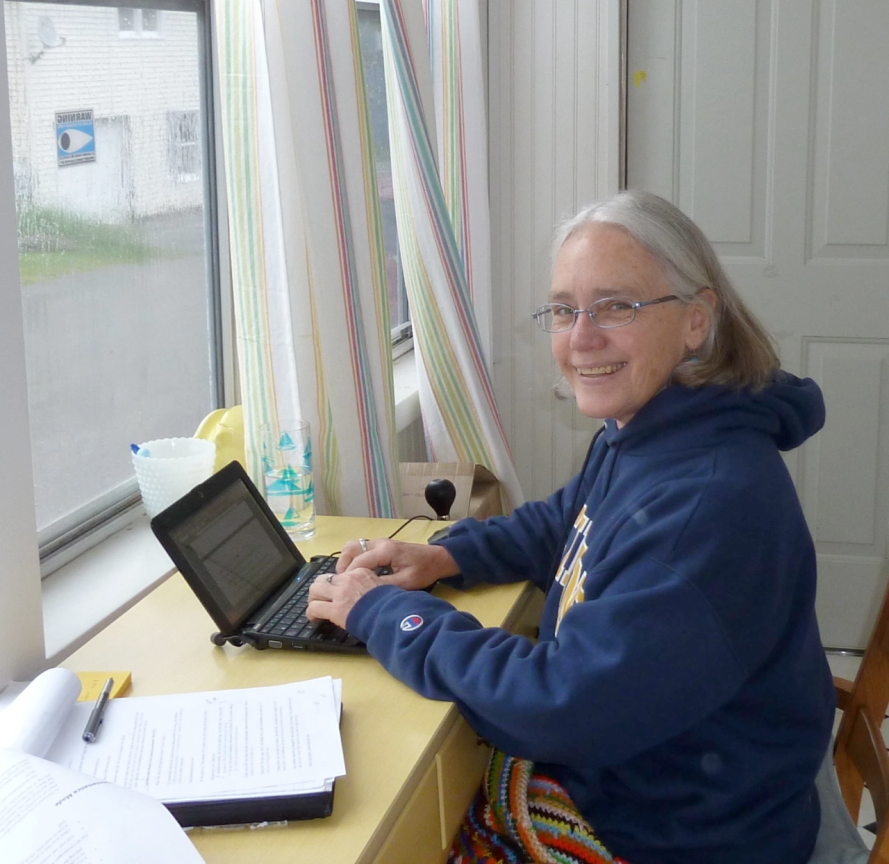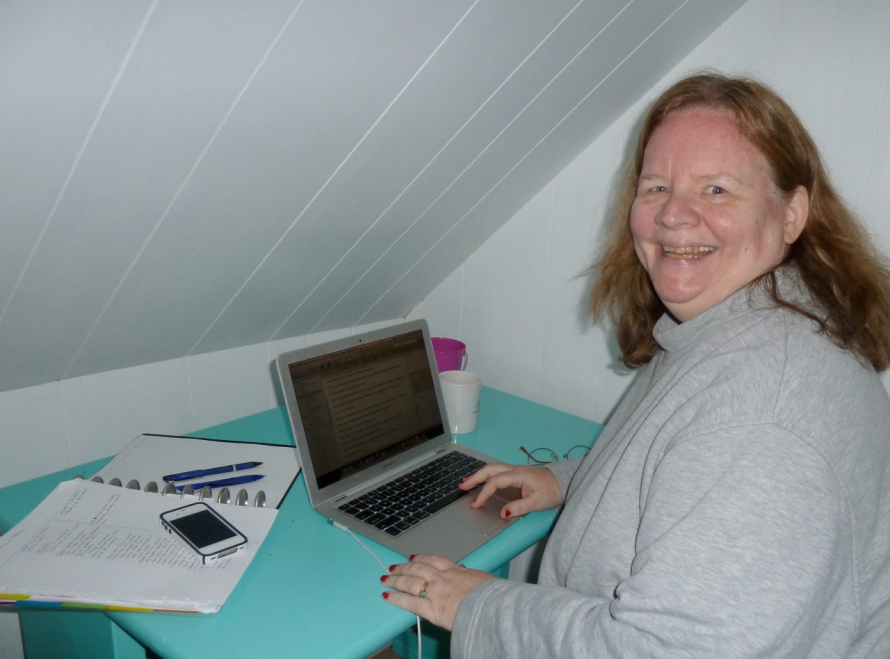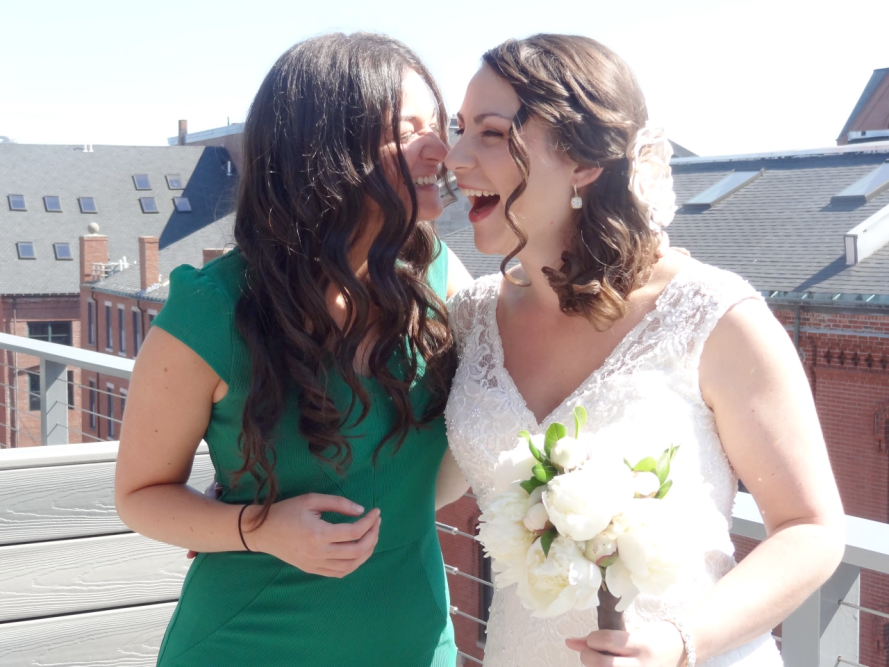Originally published on the Maine Crime Writers blog, May 5, 2012
I wrote earlier this week about how I’ve experienced the act of rejecting as an editor. Today I want to talk about how I’ve come to think about rejection from the other side, as a writer.
Honestly, haven’t handled it well. Which is hard for me to admit, because, like most people, I don’t like talking about things I’m not good at. Very bad at, in fact. But I’m getting better.
When I first submitted my book The Death of an Ambitious Woman, I got interest from multiple agents right away. But then it didn’t sell to a publisher. For long, agonizing months, it didn’t sell. My agent told me it was the end of the line.
I was crushed. I didn’t write for months and then I started two books, neither of which made it past the first hundred pages. I had plenty of excuses. The company I had co-founded had taken off. My children were adolescents with all the activities and angst that brings. I was busy. I was miserable.
My writers group was patient and supportive. I started writing again. Short stories at first because I’d fallen in love with Alice Munro, and because they fit with my life. And eventually, much later, another novel.
But I’d lost a lot of time and it was, writing-wise, if not life-wise, a dark passage.
I used to wonder why I could pitch a company, and if investors weren’t interested, shrug it off and think, “your loss,” but rejection of my writing was so devastating. “Writing is so much more personal,” people would say. I really don’t think that’s it. Writing is more solitary, but your life and your ideas and your work are all personal, no matter what you do.
I think it’s about confidence. Not confidence about whether you are good or bad. But confidence that “there’s more where that came from.” For those of us who squeeze writing around jobs and families, who spend months on stories and years on novels, each product can become invested, weighted, with such hopes and dreams, as if it is the only chance.
I’ve lost forty-five pounds in the last year. (Great, how did this happen? Now I’m writing about the two subjects I’m most uncomfortable about.) I did it, mostly, by shifting my mindset from one of deprivation to one of abundance. Before, I had to eat that cannoli now because soon —tomorrow, next week, next month, next year—I was going on a diet. But now I think, there will always be more cannoli. So eating that one may not be so critically important.
“There will always be more words,” a woman in my writers group used to cheerfully say when advised to rip out a scene, ditch a character, kill a setting. I embraced it up to a point. Actually up to that point—the scene, character, setting point.
Now I see that for your mental health, writers have to embrace that philosophy all the way up the line. I think it’s what gives some people the magic confidence that allows them to think, “You don’t like it. Your loss.” Because I’m going to be right back at you with something else.
So say it. Think it. Live it.
There will always be more ideas.
There will always be more characters.
There will always be more books.
There will always be more stories.
There will always be more words.
There will always be more cannoli.
P.S. It all turned out okay with The Death of an Ambitious Woman, by the way. When I reread it years later, I was glad it wasn’t published, amazed it got as far as it did. I roto-tilled it, and did get published. It’s not necessarily an example of the philosophy of abundance, since I perseverated on the same book. But I was younger then.

